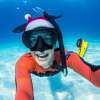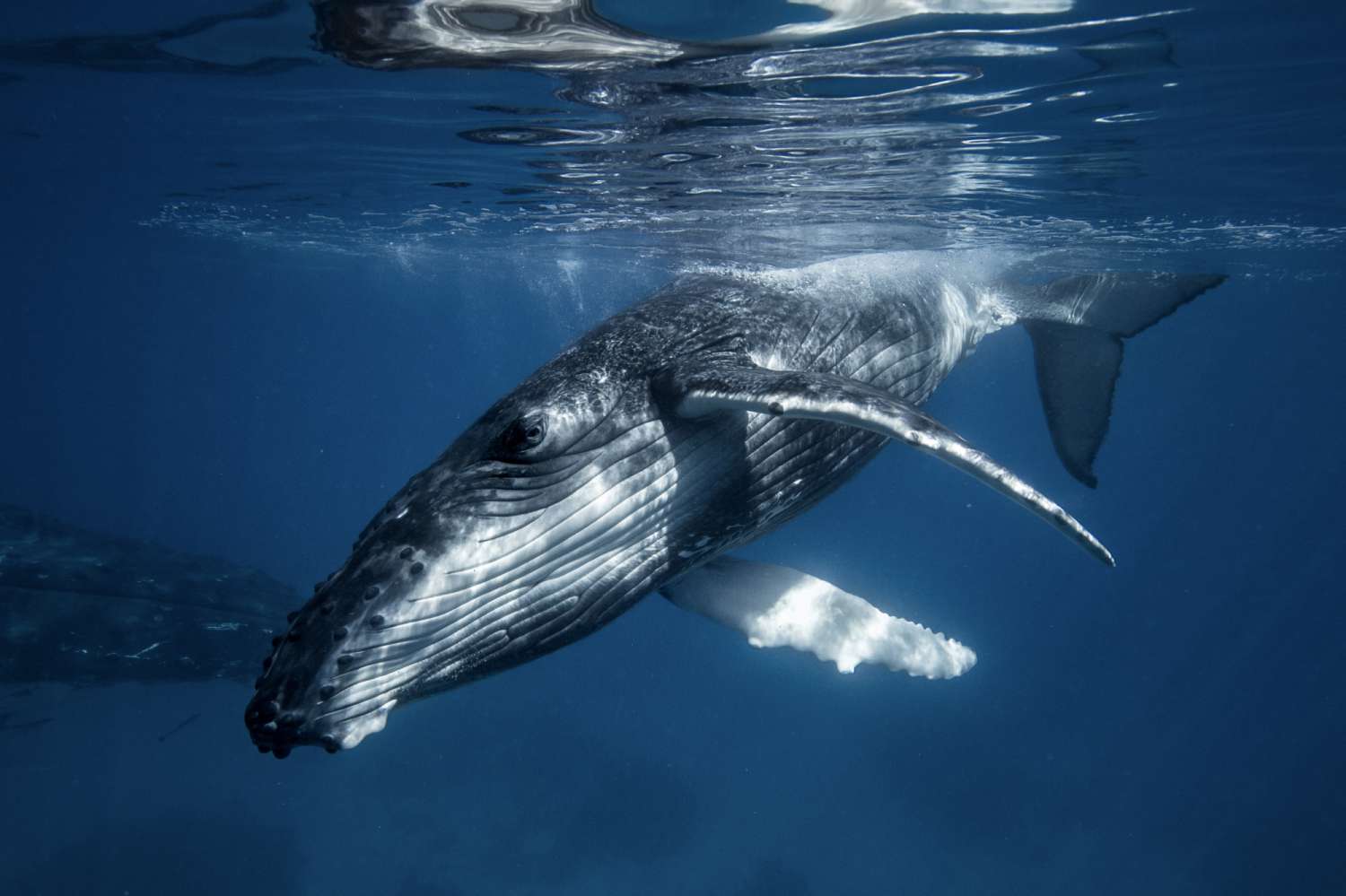
It's been a year since my trip to Tonga and with my instagram feed full of whales on their annual migration, I think it's about time I talk my experience swimming and shooting humpback whales.
I was lucky enough to spend 2 weeks in Tonga swimming with whales as a participant on Craig Parry's Whale Swim Workshop.
The islands
The Kingdom of Tonga is an archipelago of over a hundred islands in the Pacific Ocean. Luckily for me, Tonga is just a short flight from the east coast of Australia. I landed on the main island of Tongatapu in the early hours of the morning and waited for my flight to the more remote island group of Vava'u.
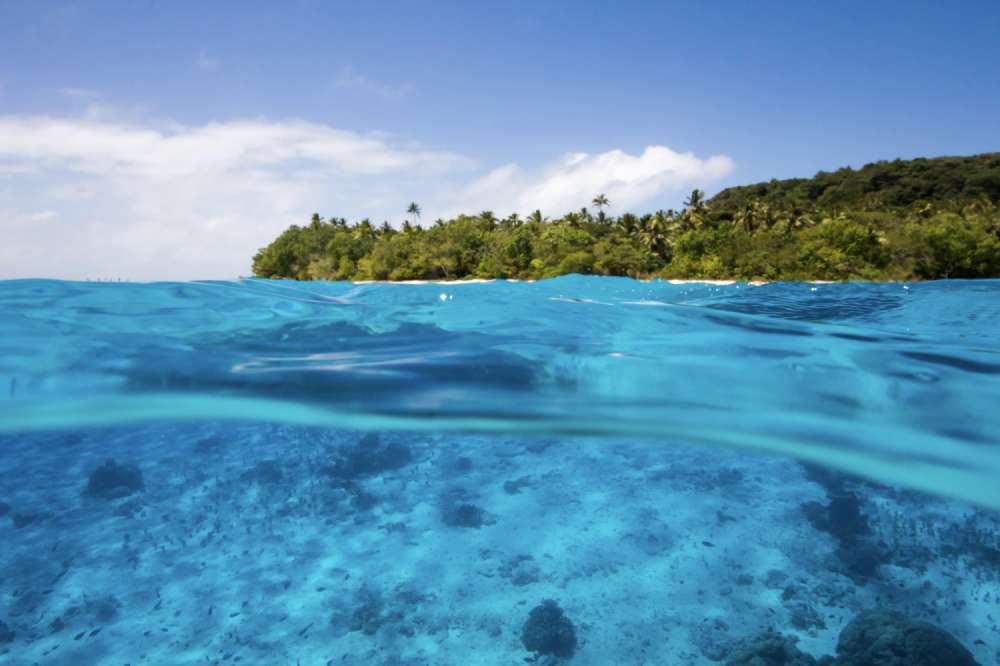
This was the first time I really got to see Tonga in the daylight and boy was it a sight. I spent my first day kayaking around Neiafu harbour with the rest of the group before having a quick swim. The colour and clarity of the water absolutely blew me away. No photo of the water can ever do it justice. It is an electric blue that defies belief.
Whale swim time
Camera in housing and fins in hand we jumped onto the boat early the next morning and headed out in search of whales. I knew it was likely going to be a bit of time before we found any, but as it happened we spotted a few tails and blows within our first 10 minutes out on the water. Those whales disappeared on us so we kept moving. It wasn't long before we stumbled upon a mum and calf resting near one of the smaller islands.
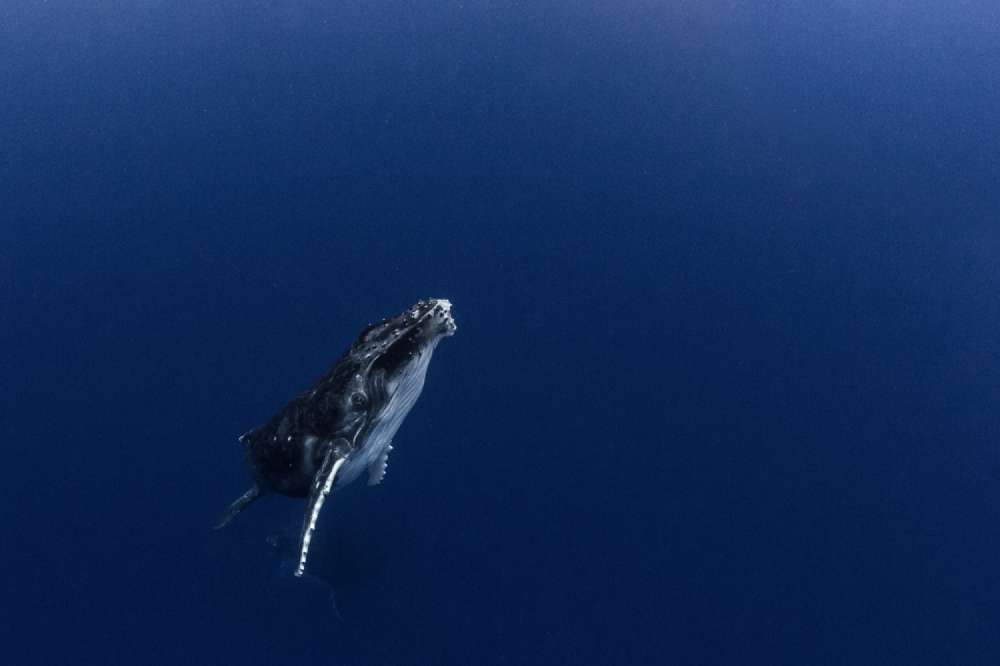
I grew up on the east coast of Australia so I'm used to seeing whales swim past from a distance but I had never even gone whale watching on a boat before so I was pretty excited.
Excited and nervous.
After all jumping in the water with a 30-40 tonne animal is bound to make you at least a little nervous. The moment I hit the water though, all that was gone. I've already mentioned the colour and clarity of the water but I have to do it again here because it was the first thought that ran through my mind. The visibility was out of this world. I could see the guide 20 metres away as if he was right next to me... above the water. The water was a shade of blue I am sure should not actually exist. Oh and did I mention this was an overcast day?
Then I spotted a whale down below. I could see the head one of the whales pointing upwards out of the deep blue below. I have absolutely no idea how deep it was and I doubt I could even guess. The vis was so amazing that I lost all sense of size and scale. This was made even clearer to me when the calf poked it's head out from underneath the mother and glided to the surface near us. From a distance, it's practically impossible to tell how big it is. Size, scale and distance all sort of get mushed up in water like that. It's only when the calf comes really close do you realise how big it truly is.
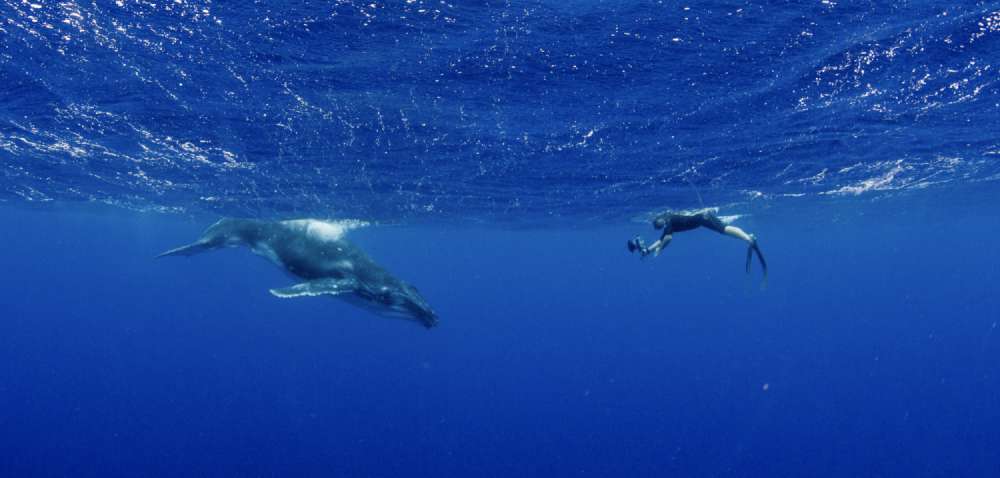
We swam with that same mum and calf for almost two hours that morning. It was an unbelievable stroke of luck to have such an amazing interaction so early on in the trip.

Swallows cave
An incredibly easy-to-access cave on one of the faces of Kapa island, this place was definitely one of the highlights of the trip. We arrived here at the end of our first day, on our way back to Neiafu. The mouth of the cave is open so you can simply snorkel through it. Inside the cave, there is a small hole near the ceiling and if you're in there at the right time of day and the sun's out, then beams of light dance through the water.
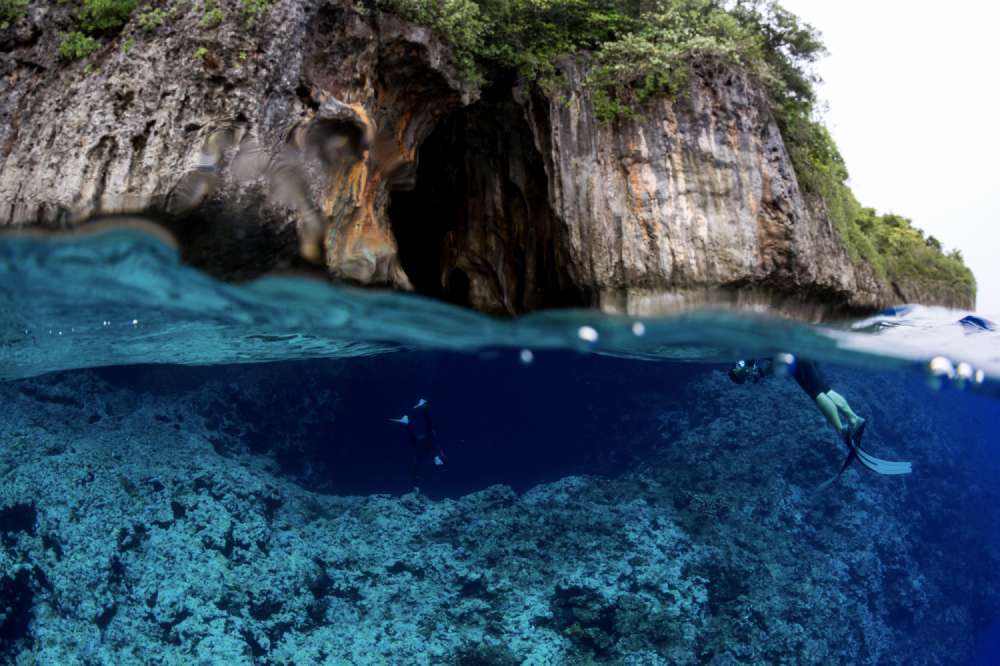
There's an abundance of schooling fish in the cave and these, combined with the depth and clarity of the cave make it a lot of fun to swim around in. I can tell you we spent quite a bit of time there and it's well worth a few visits.
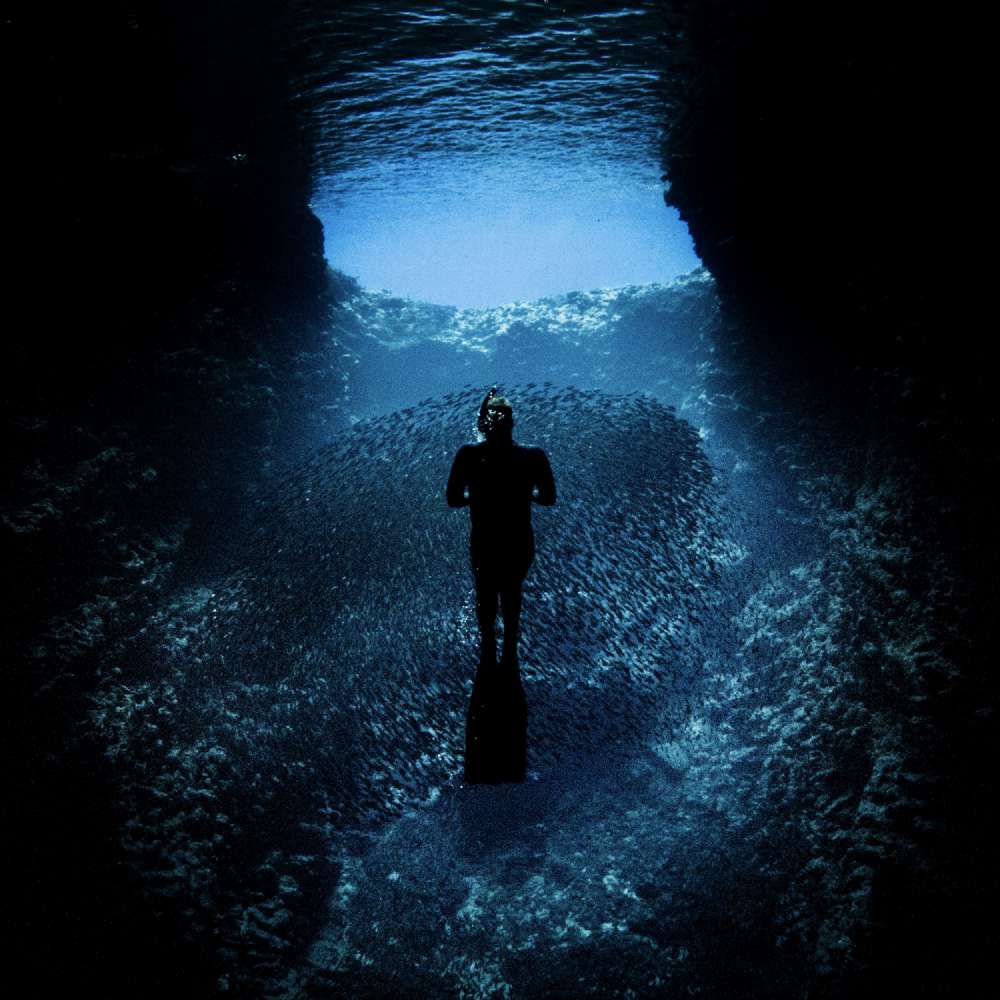
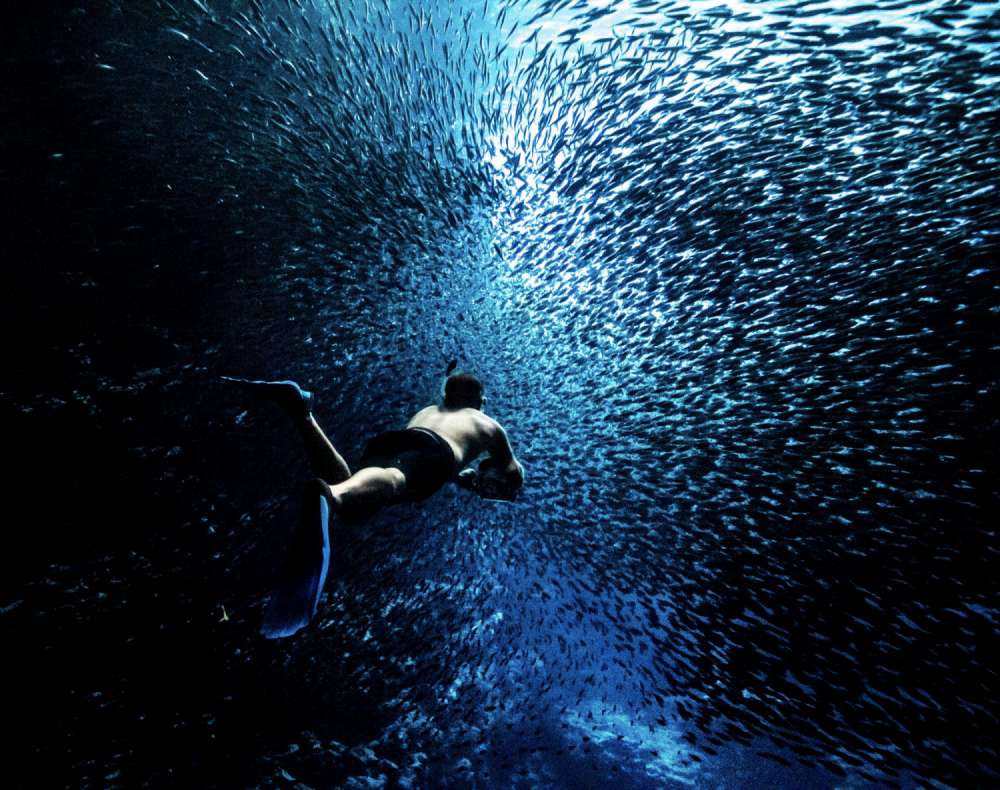
Whale heat run
Towards the end of my trip I was lucky enough to be able to jump in to a heat run. Normally when we are searching for whales, we are looking for ones that seem chill and are likely to hang around for a while. This can sometimes be a long process (and some days we were unlucky) but it's well worth it when you get a cooperative whale.
A heat run is different. A heat run is essentially a race for a mate. Male humpbacks race one another for the right to mate with a female. The whales travel at speeds of up to 40km as hour and it is definitely a spectacle.
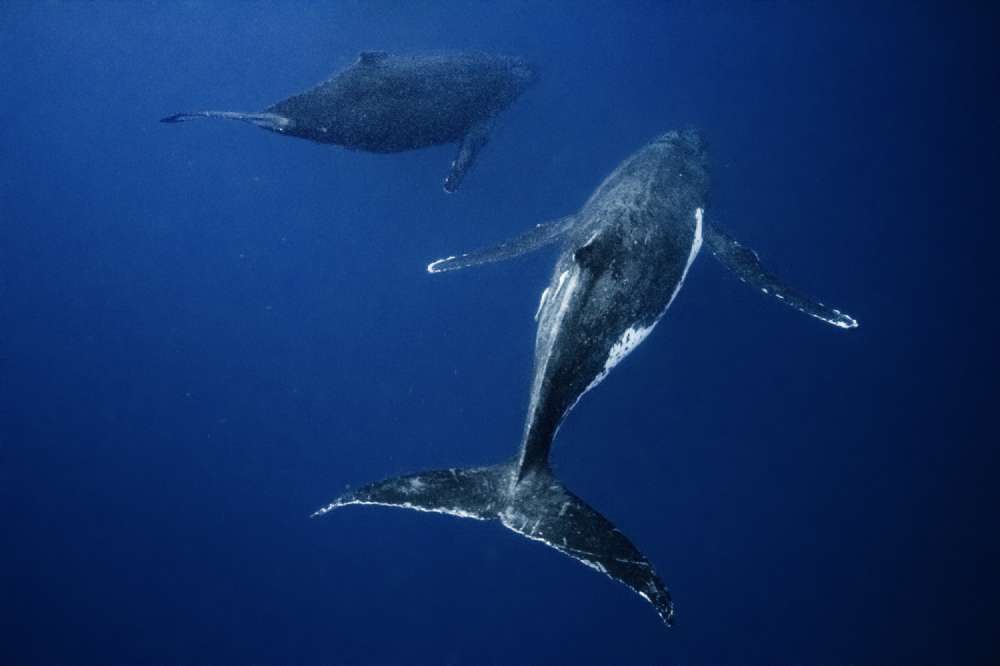
In this particular heat run there were 8 males and 1 female powering ahead. The males were breaching, spy hopping and otherwise throwing their weight around in what I assume is a display of dominance. Jumping into a heat run is without a doubt an exhilarating experience.
Our skipper works at positioning the boat in line with the oncoming whales and we wait for the signal to jump in. When we hit the water there's maybe 30 seconds to of whale time, probably far less. They are moving with some serious speed. It's incredible to see so many whales underwater within your field of vision. Each of my drops were a bust in terms of photography until my very last one.
On my last drop, I was perfectly positioned for the whales heading my way and I knew it the whole time so I was ready. I waited till I could just see the first whale appear through the visibility before I began diving down. I had plenty of time to get down and position myself for the whales. At this stage I could see three whales coming straight towards me, with at least two others on the edges of my peripheral vision.
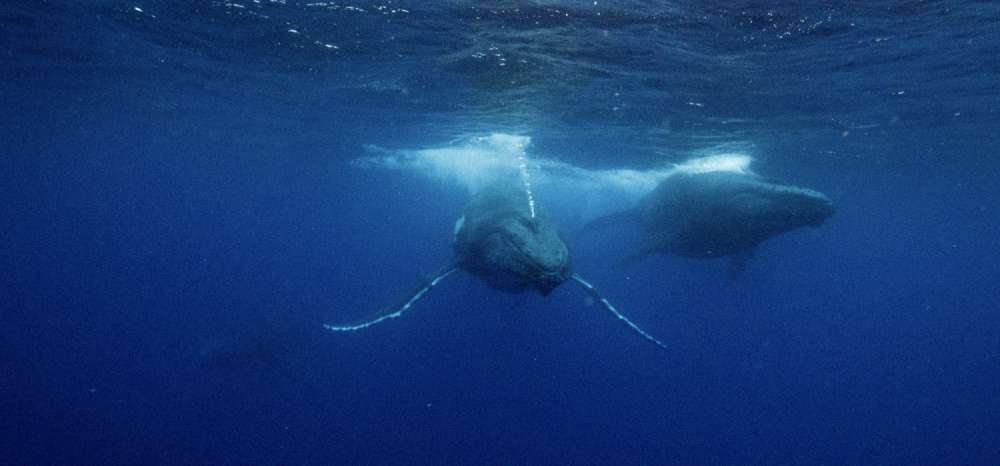
The three whales aiming at me split up just enough to pass by me on either side. I was absolutely stoked. I honestly can't describe the feeling of being surrounded by whales hurtling through the water like aeroplanes. This was absolutely the highlight of the trip for me.
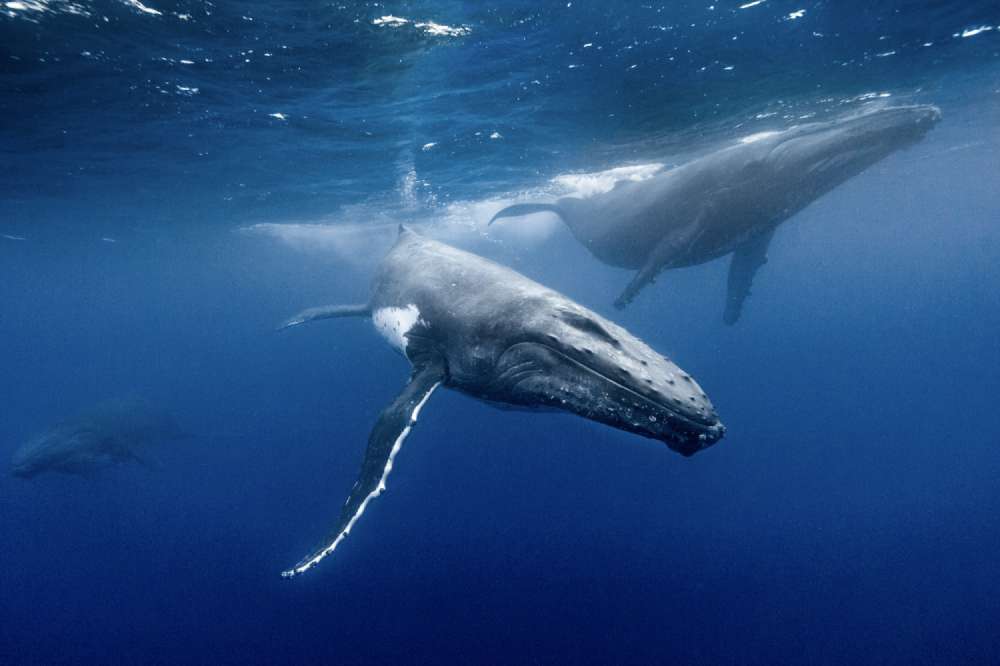
One last day
With the workshop over everyone caught the flight back to the main island of Tongatapu. The way my flights worked out, I was going to have about a day and a half to explore. Out of the group, only one other was on the same flight as me and so we hired a car and drove around the island. It didn't take long to see a lot of the island, including the surprisingly spectacular blowholes, whales playing near the shore and even the local markets. With a whole day left, we decided to have one more day of whale swimming. Luckily for us, there were 2 spots left on one of the boats for the following day.
It was probably the best day of the entire trip. Pretty much everyday in Vava'u had been overcast with slightly choppy seas. By the time we were on the main island, the weather had cleared and the ocean was a complete glass off.
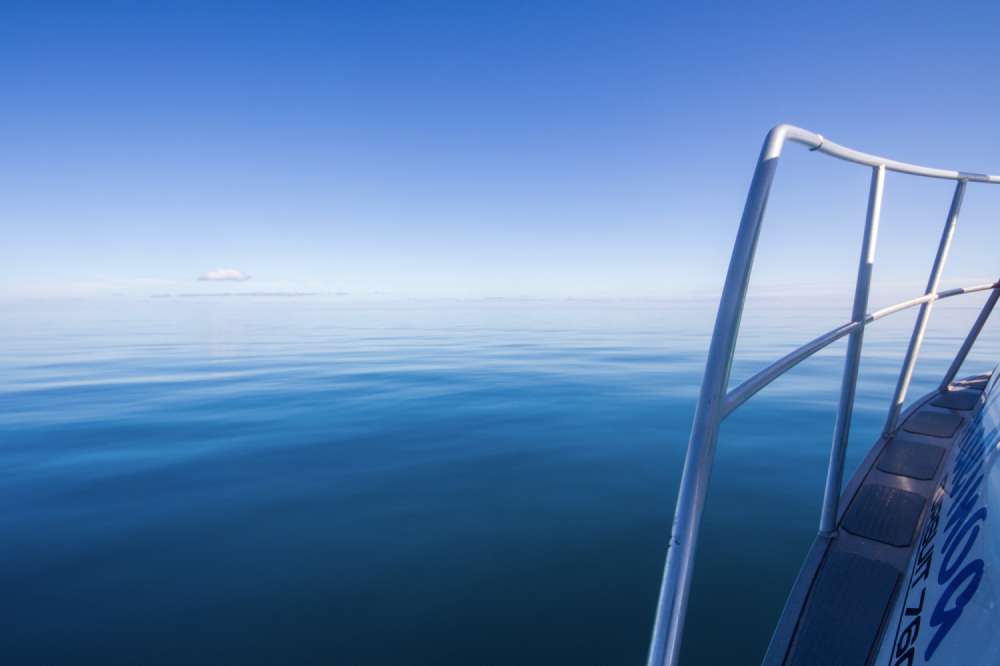

From the moment we got on the boat we could see whales moving about all the way out to the horizon. The water was so still, the black shapes of the whales were so easy to spot. That day out on the water left me speechless. We swam with a couple of mother and calves almost all day. The mum was so calm even with the calf constantly swimming over to have a close look at us. With near-perfect conditions, it really couldn't have been a better day. Not bad for a spur of the moment decision.
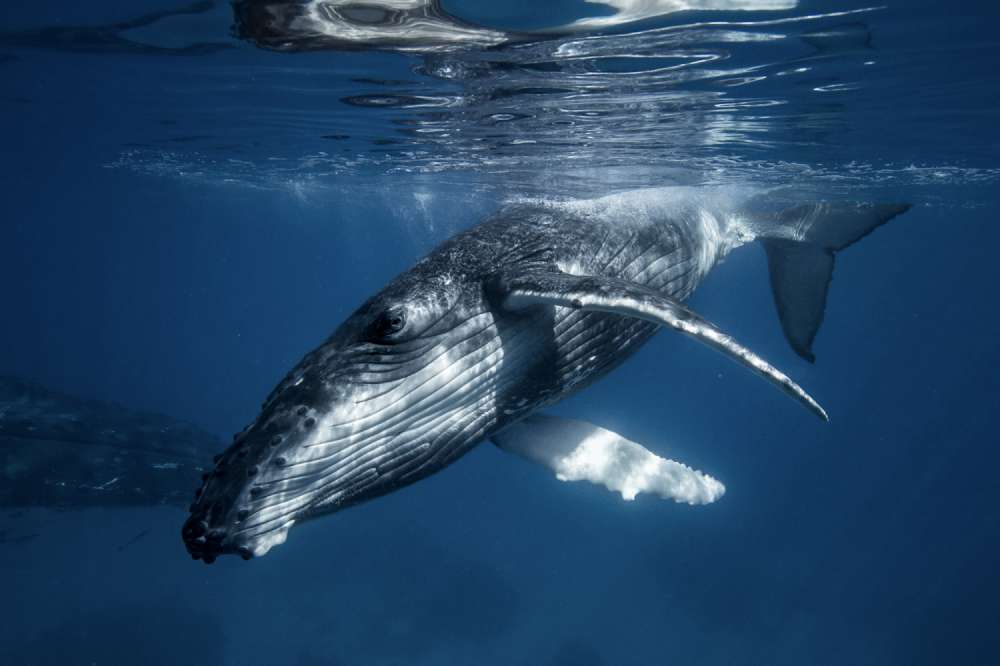
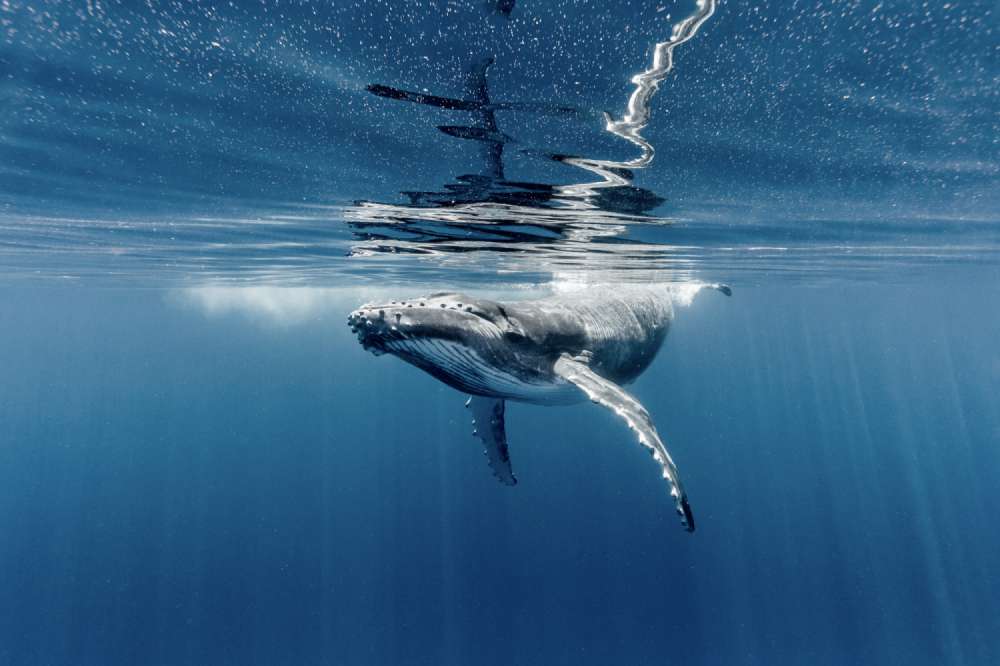
And my favourite image from the day. Split shot of mother and calf on the surface, taken just after the mother's blow. This photo deserves a post all to itself I think.
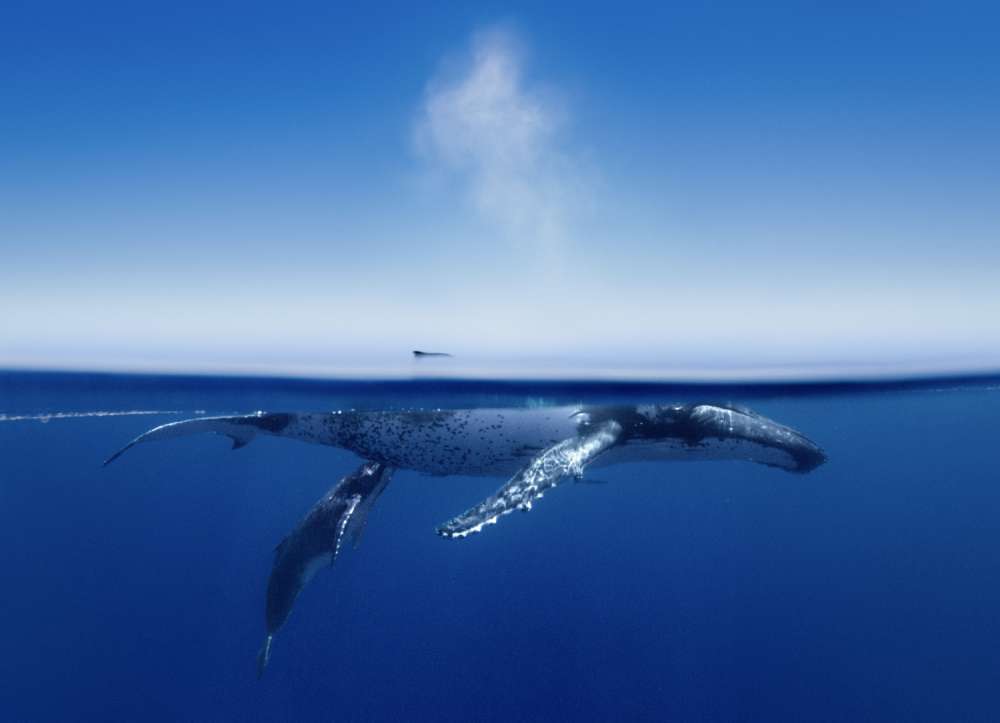
Final thoughts
All in all, it was an amazing trip. It was a great two weeks with an awesome group of people in a spectacular place. It has undoubtedly inspired me to keep improving my photography and I cannot wait to get back there and do it all again. It's just so addictive.
